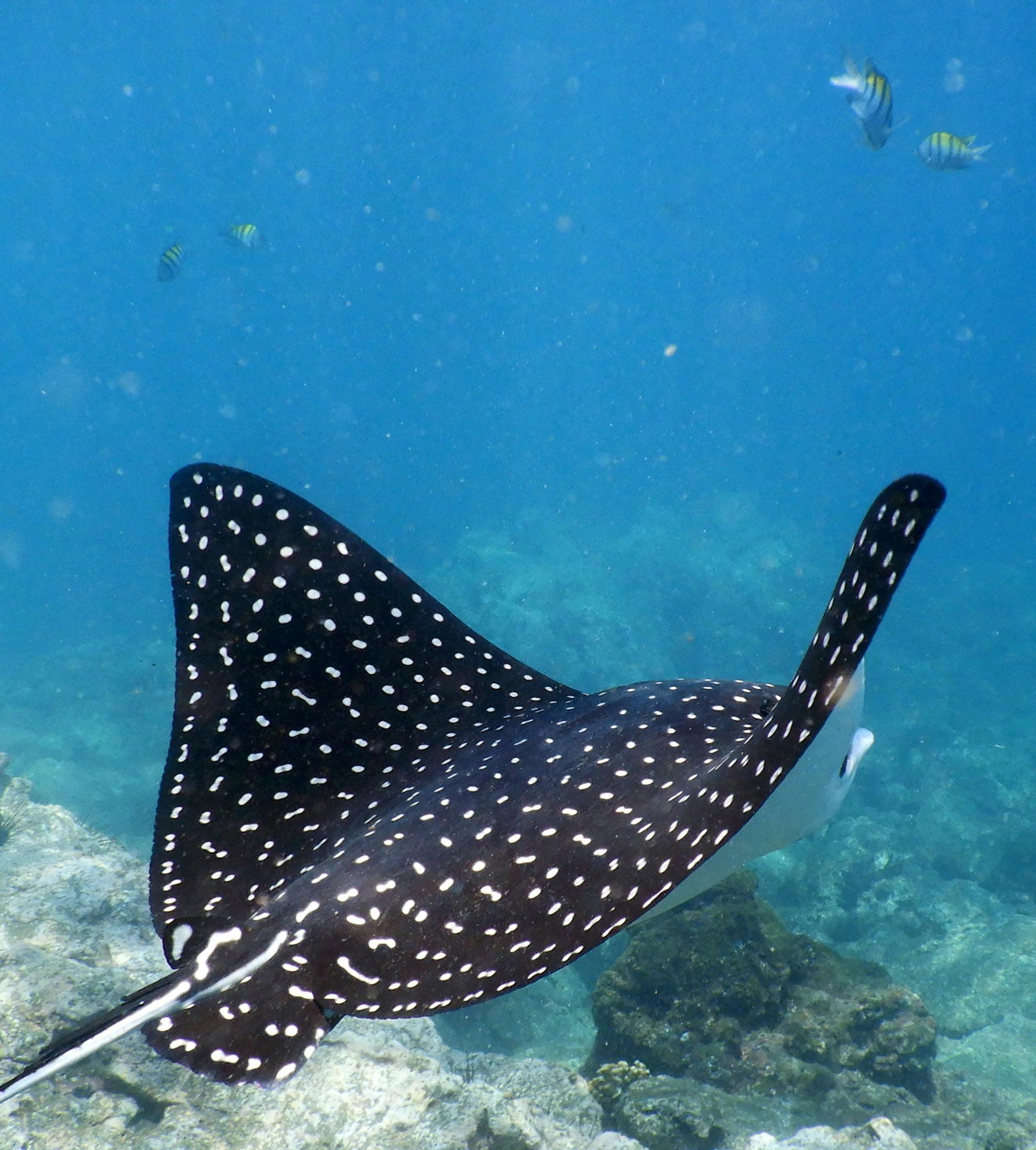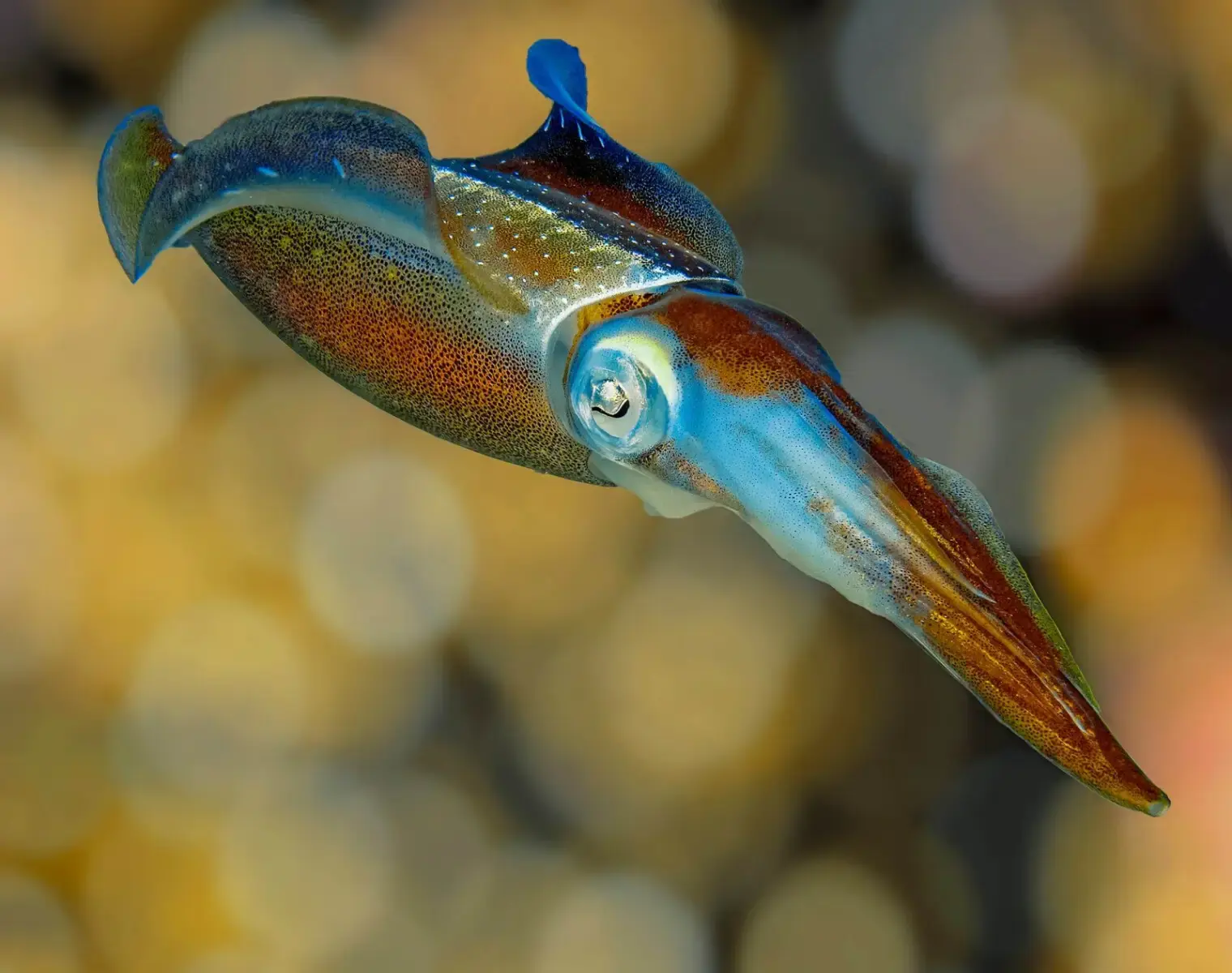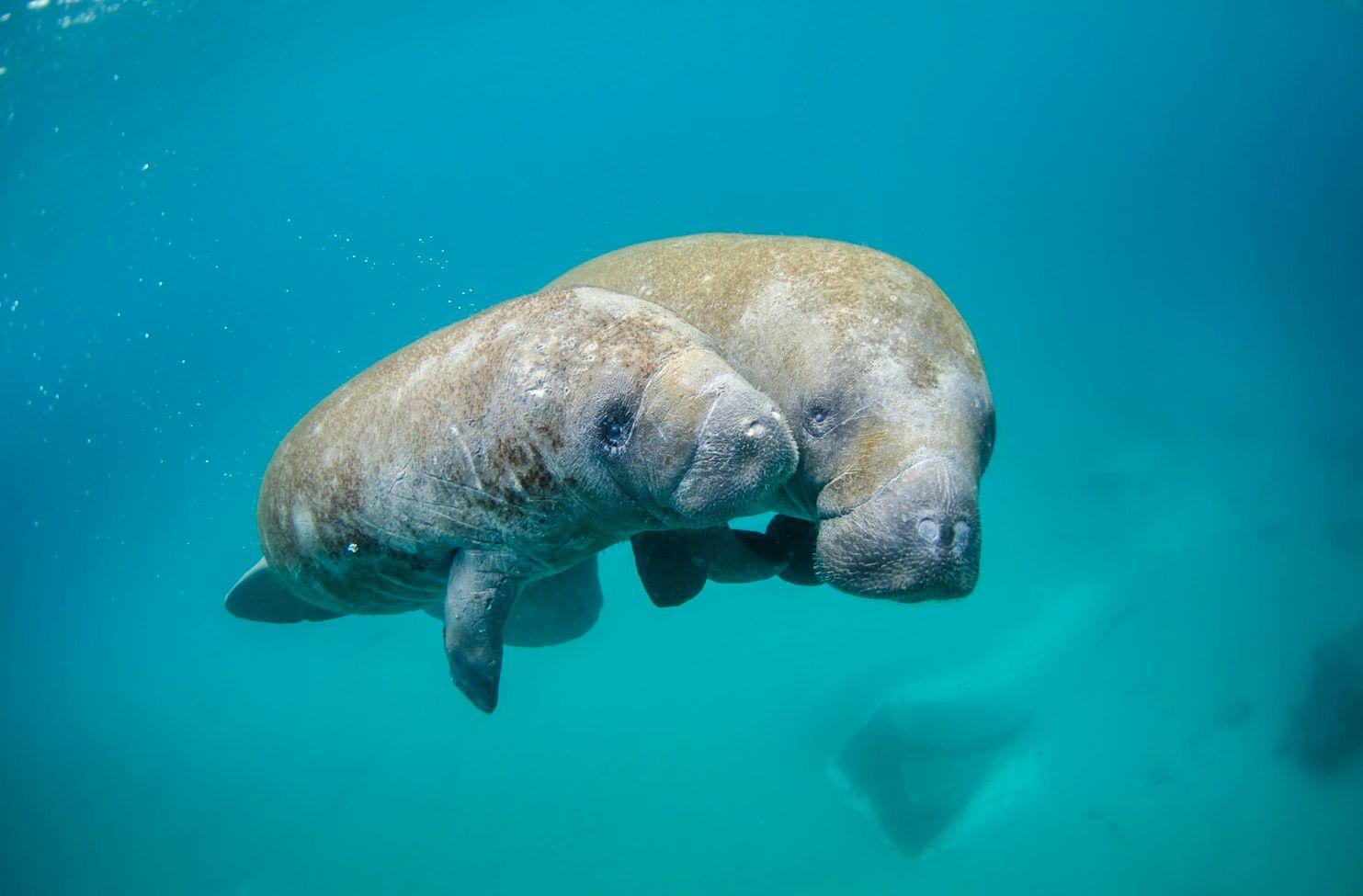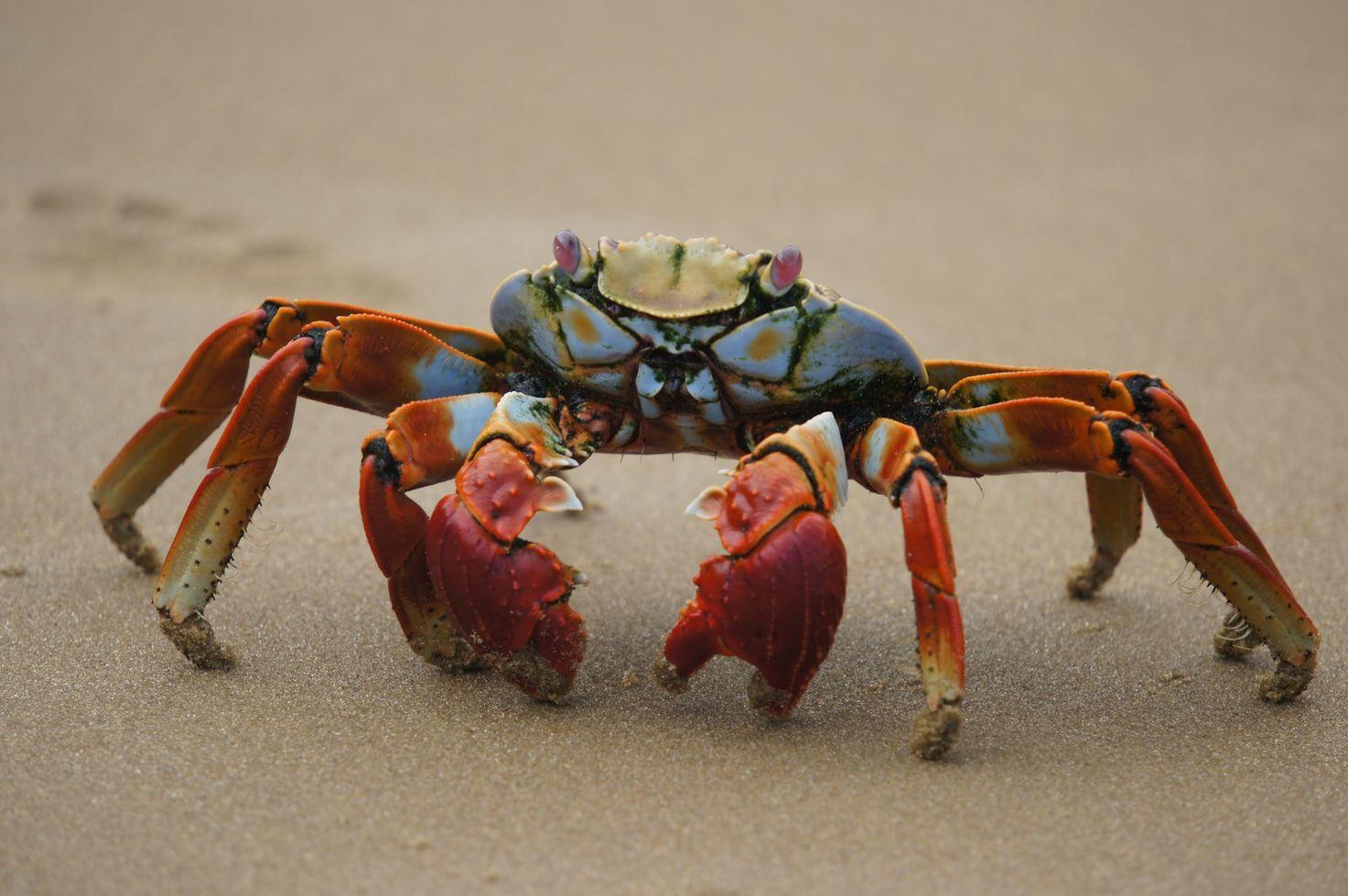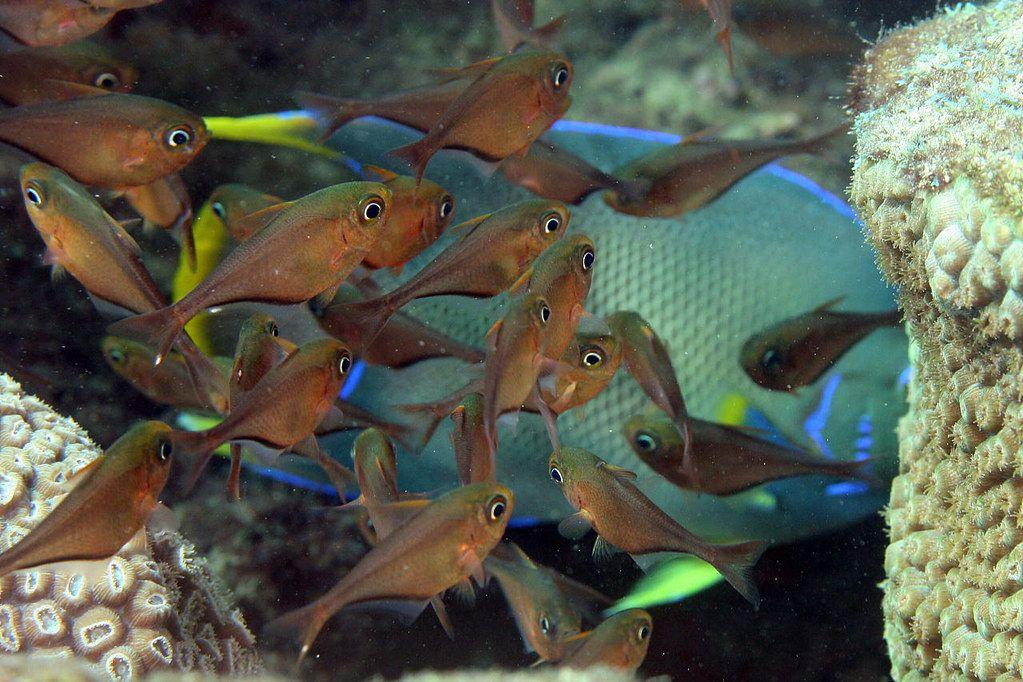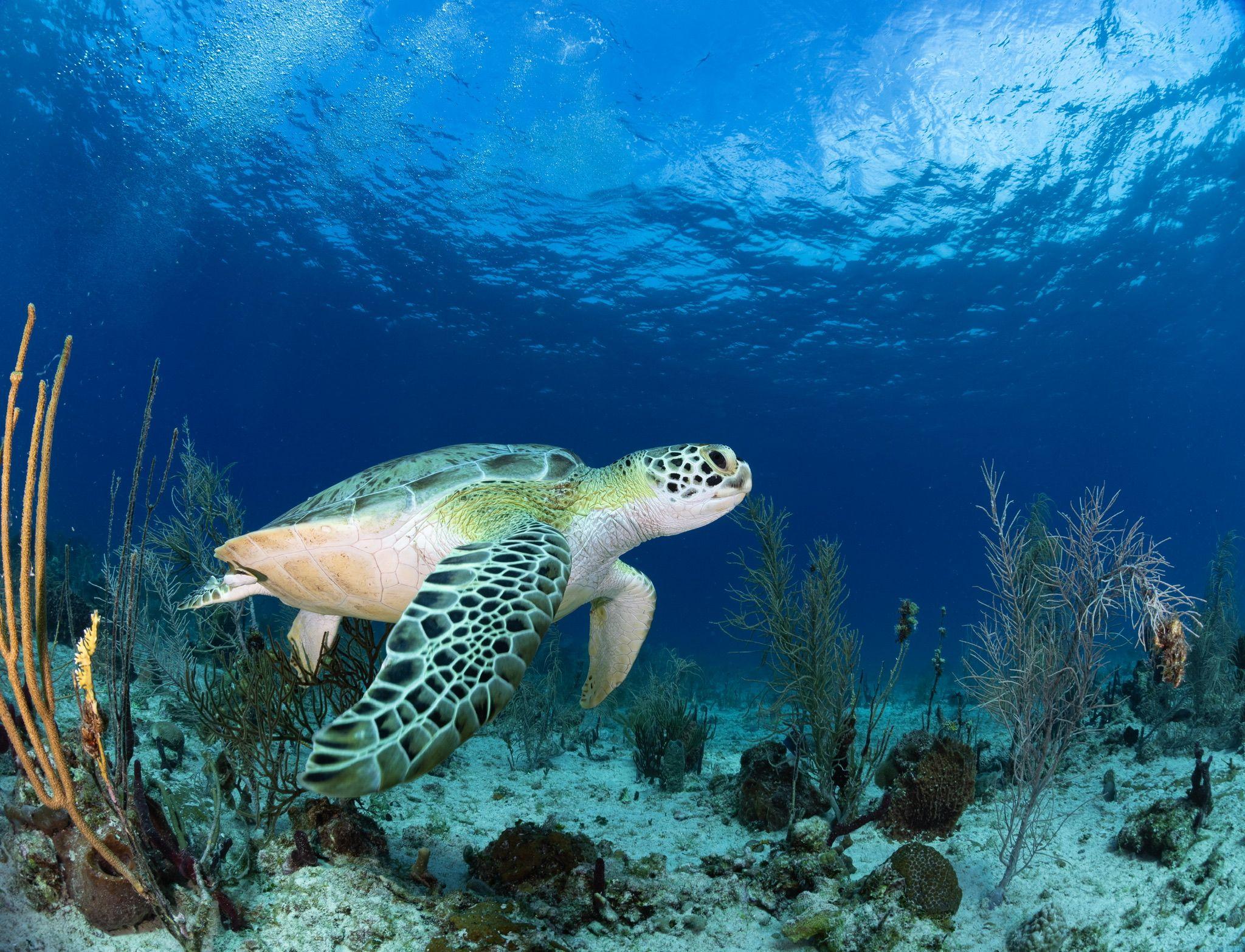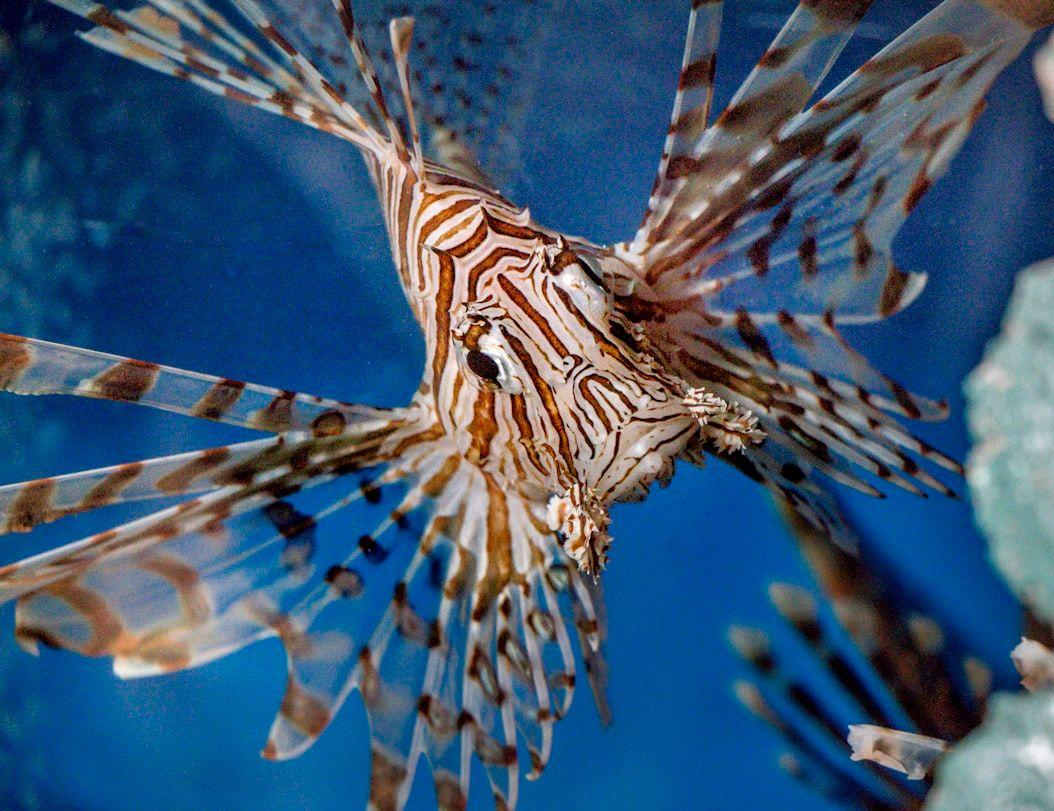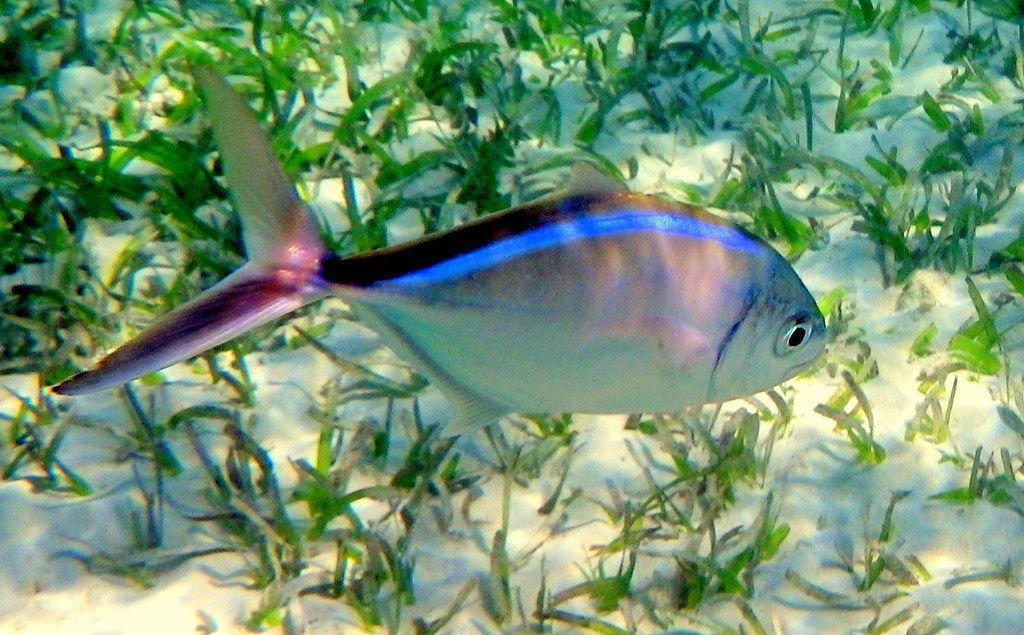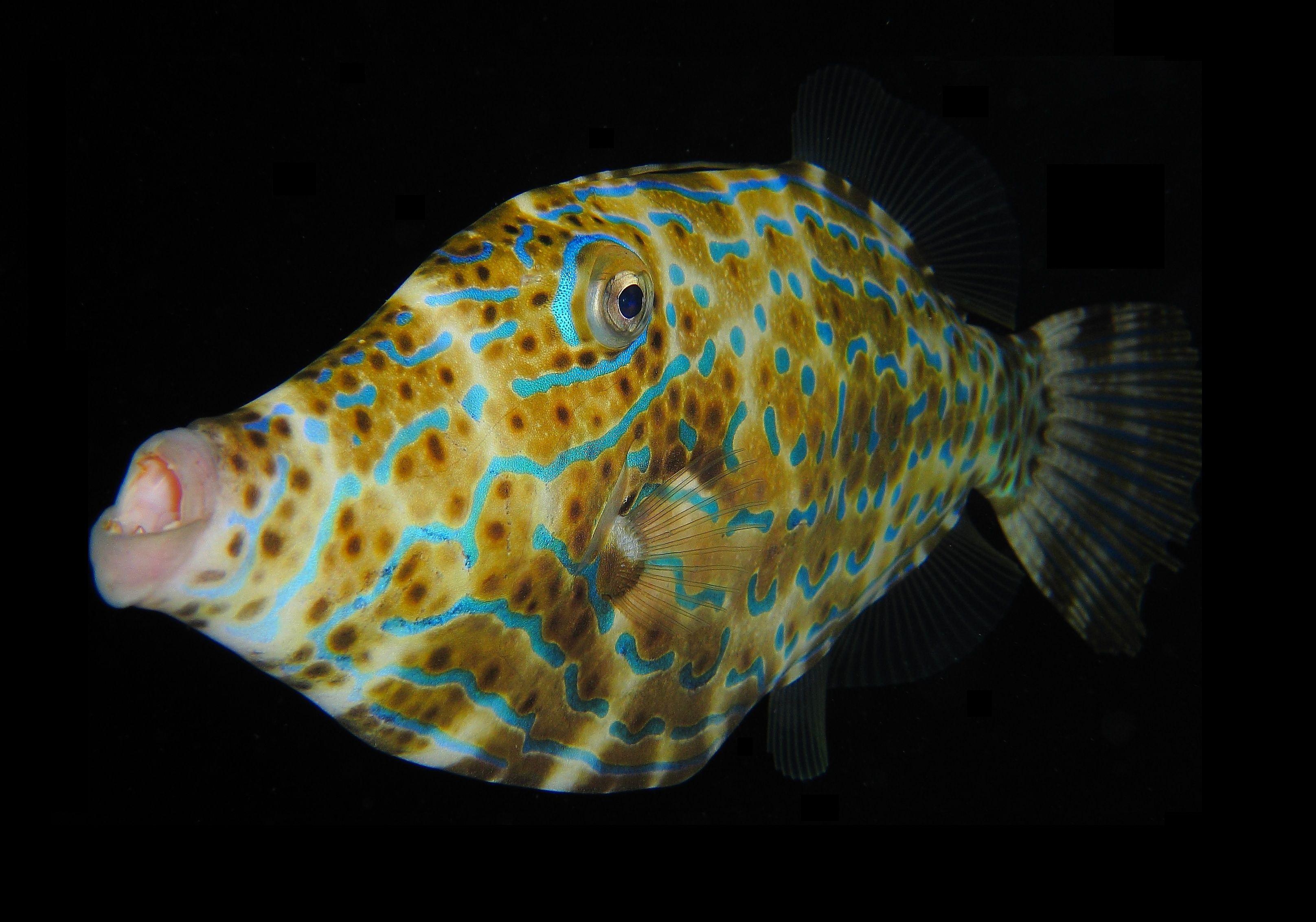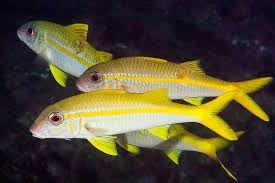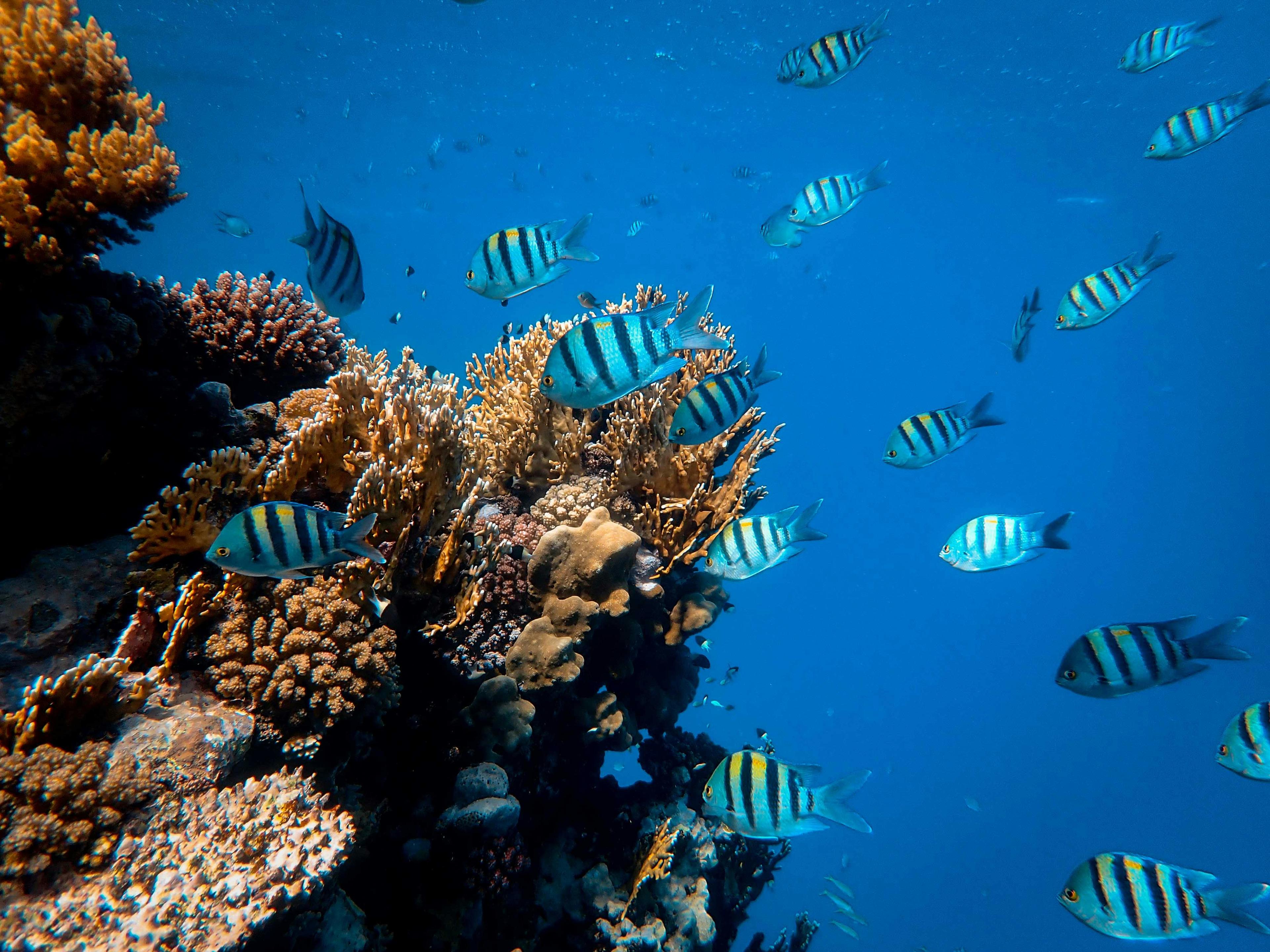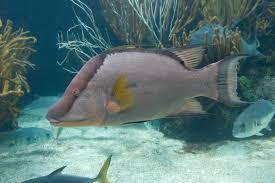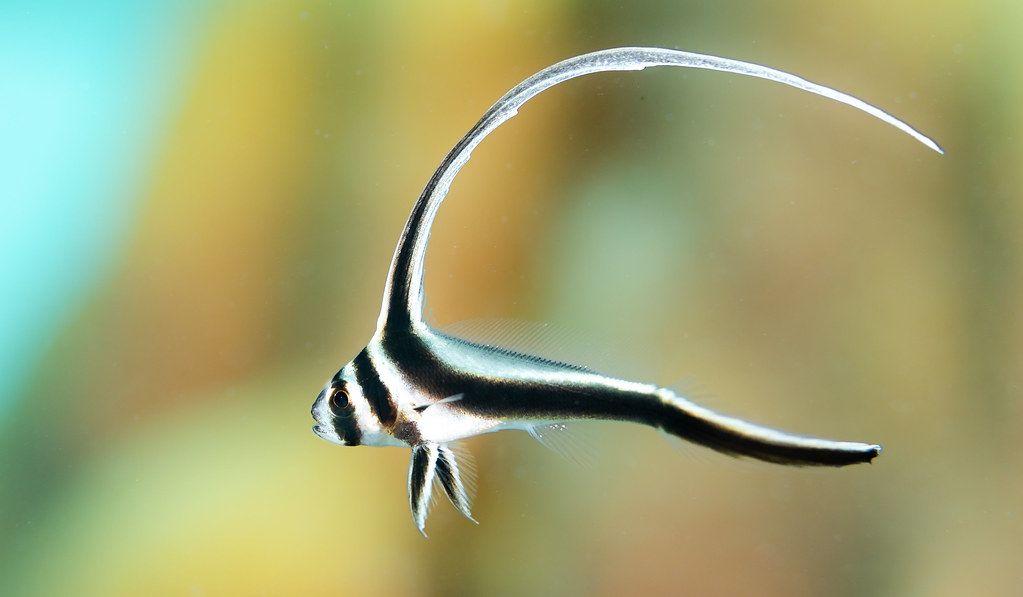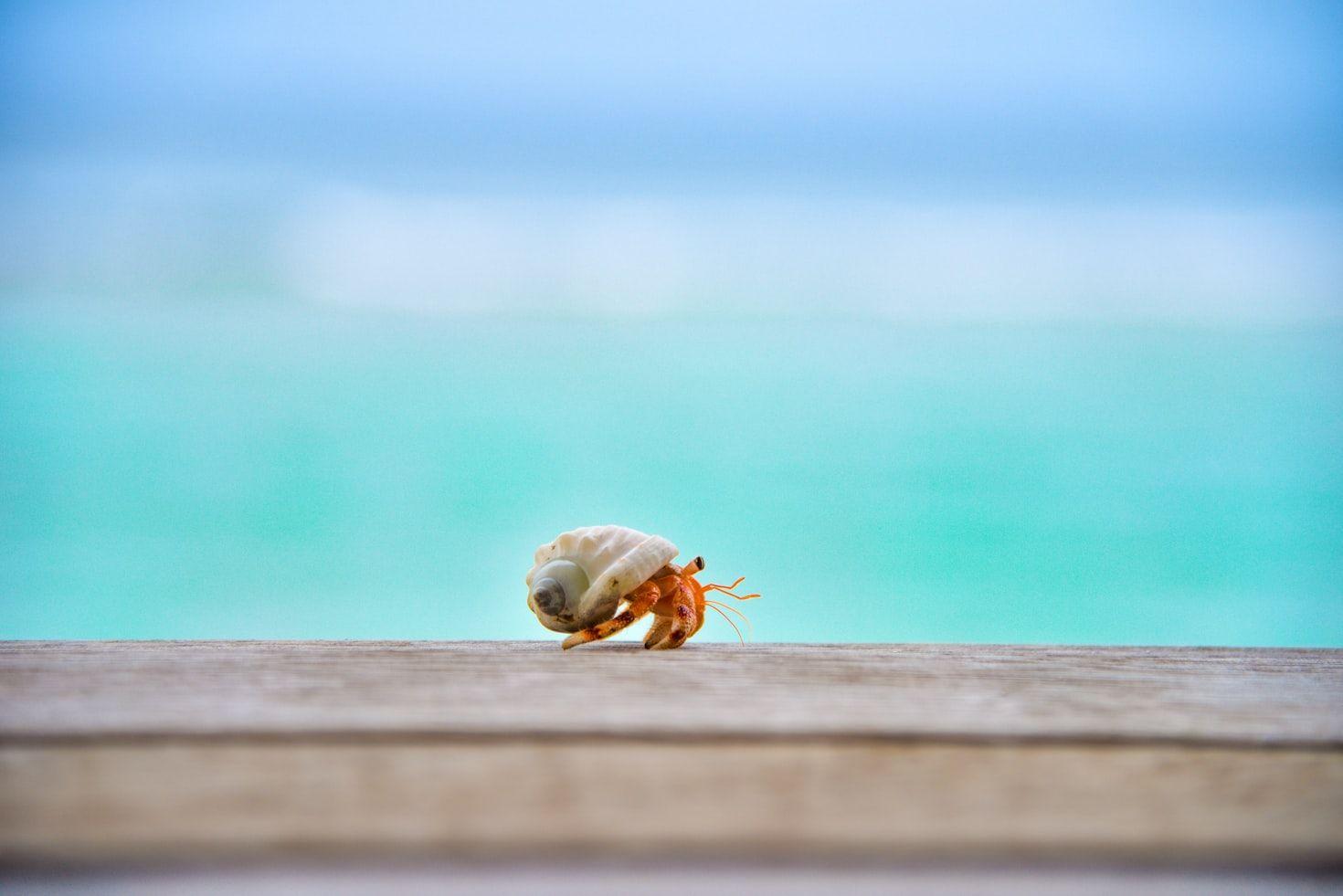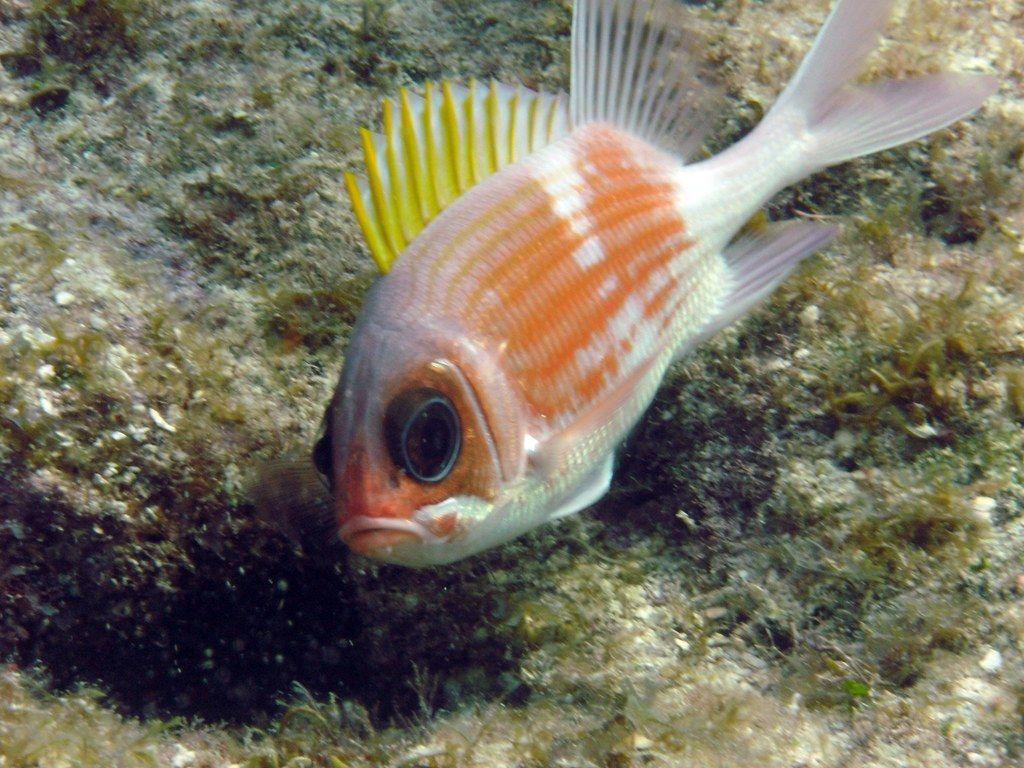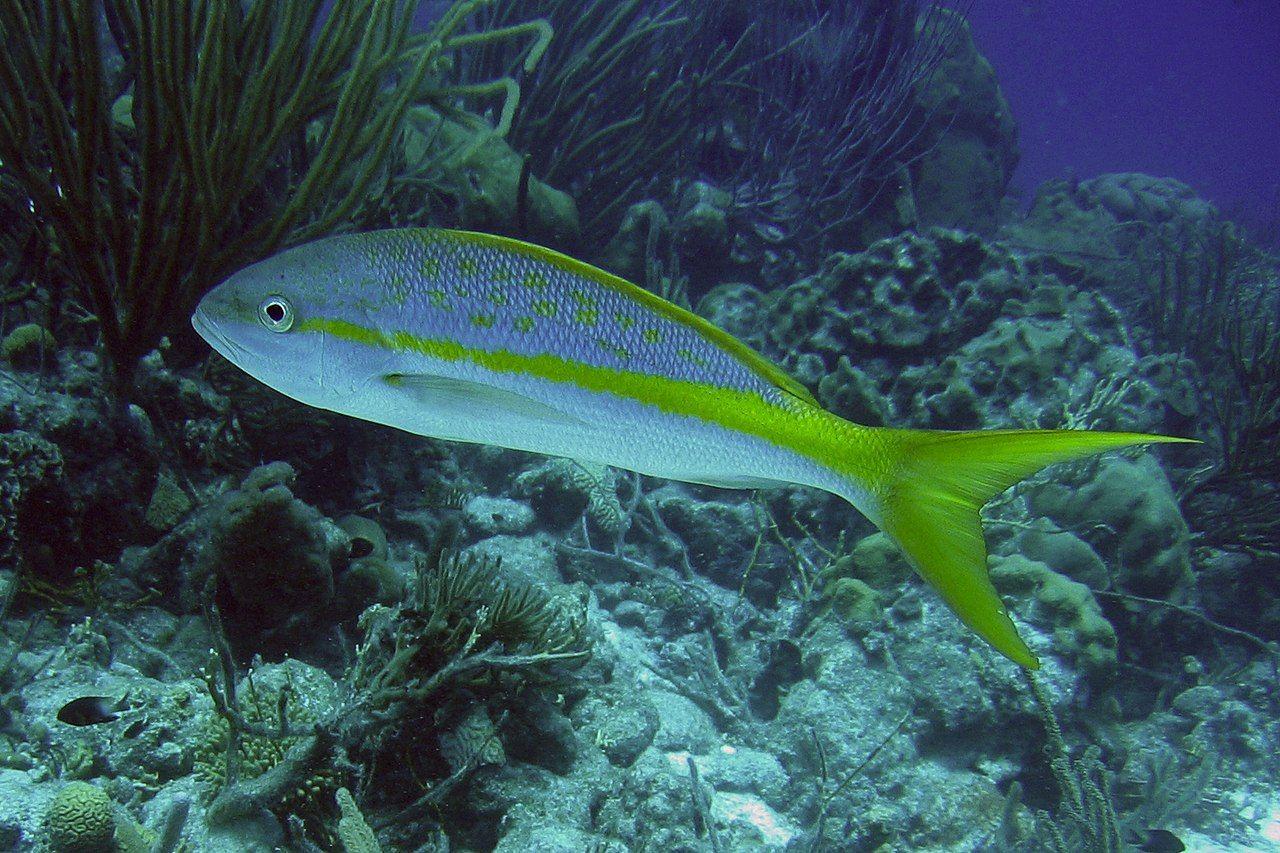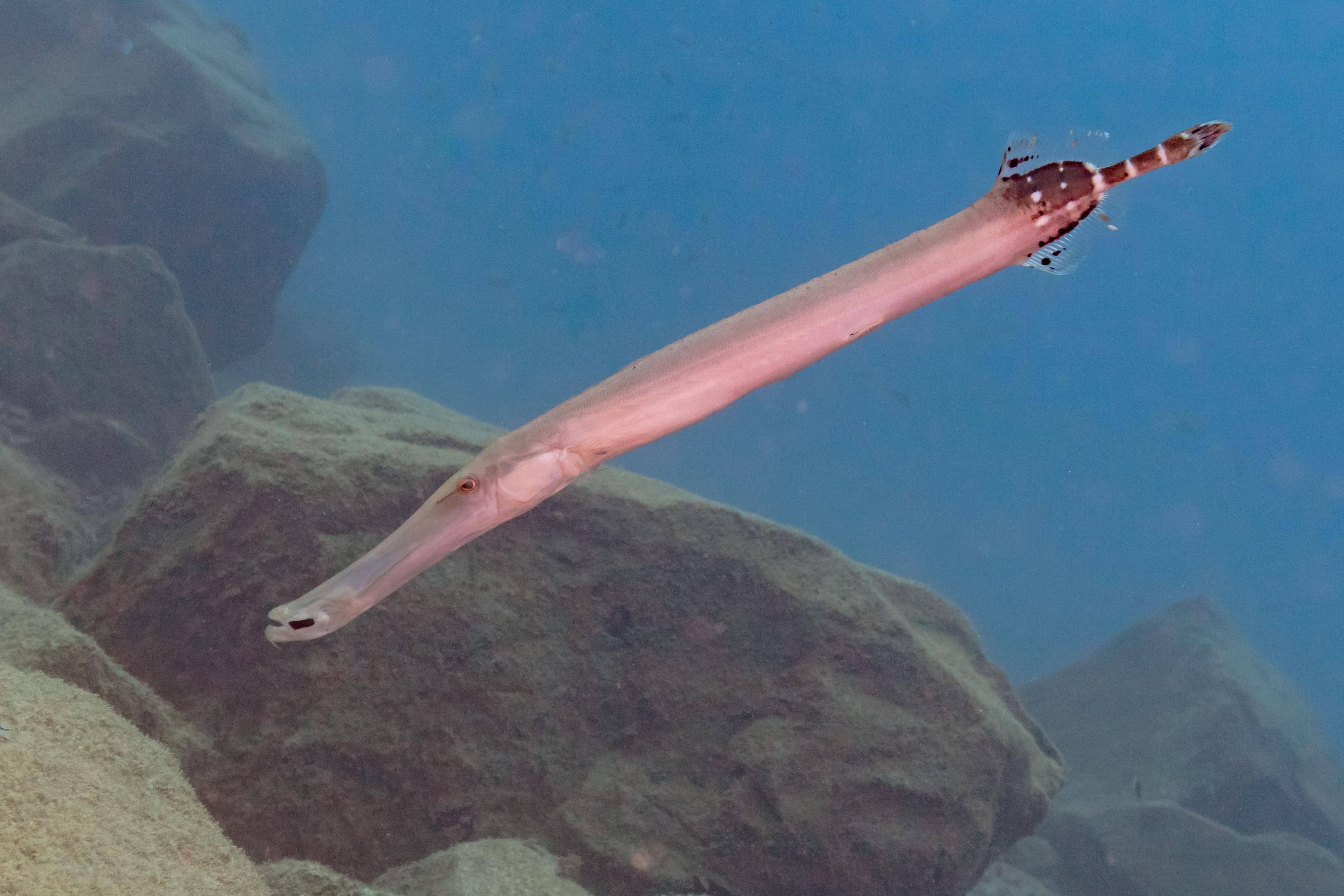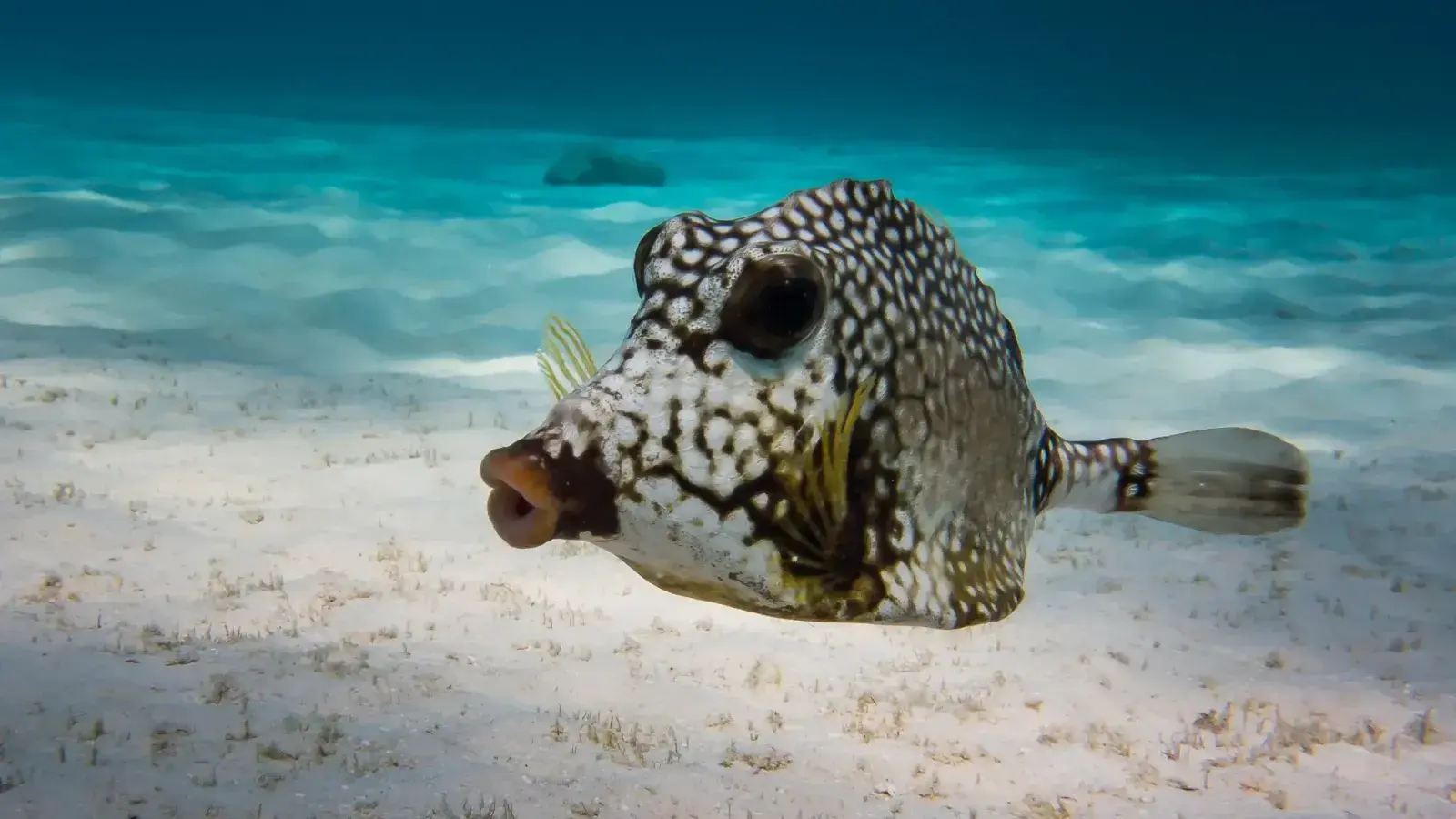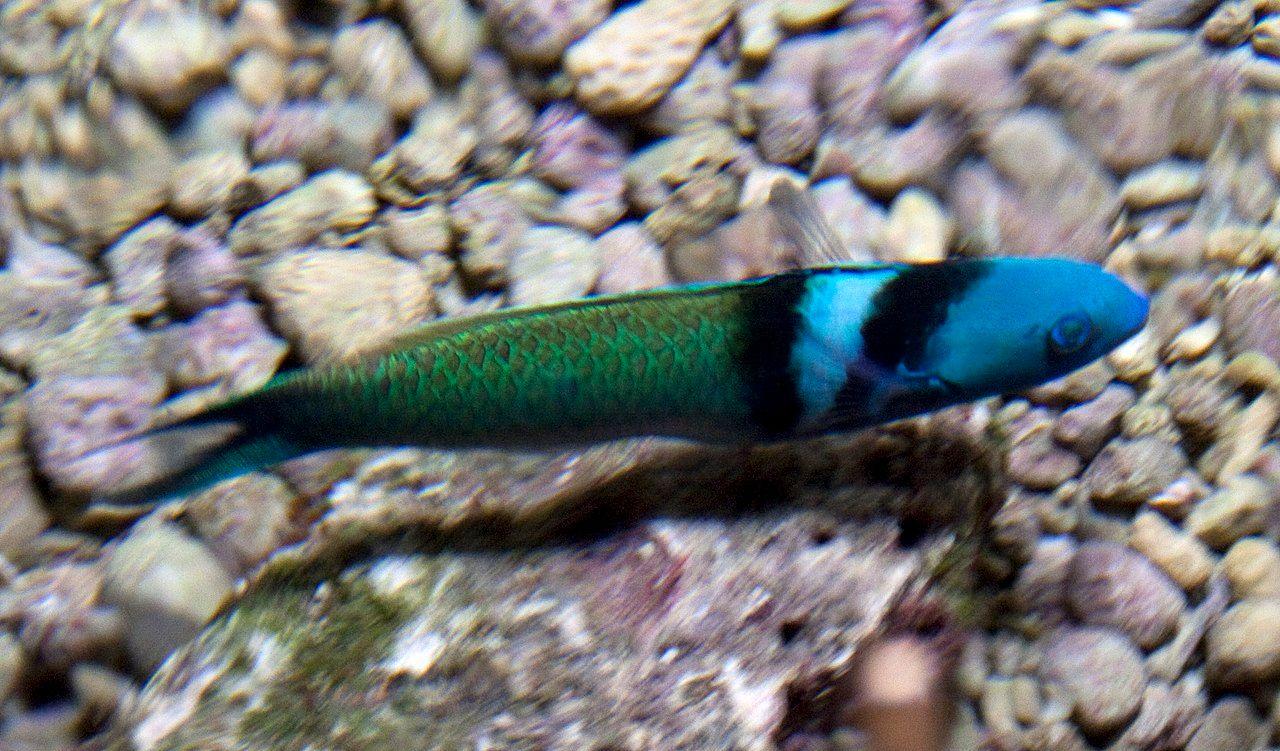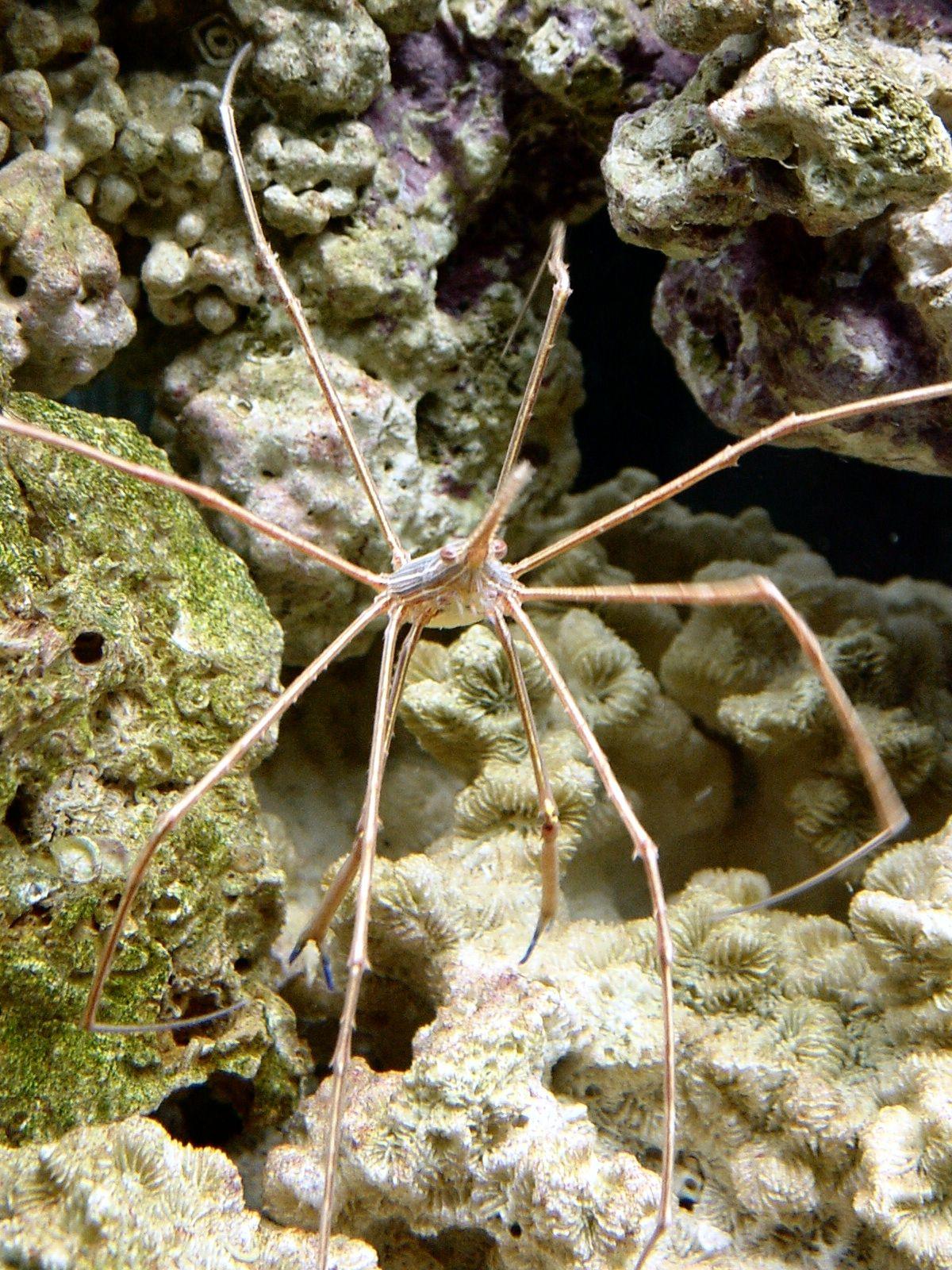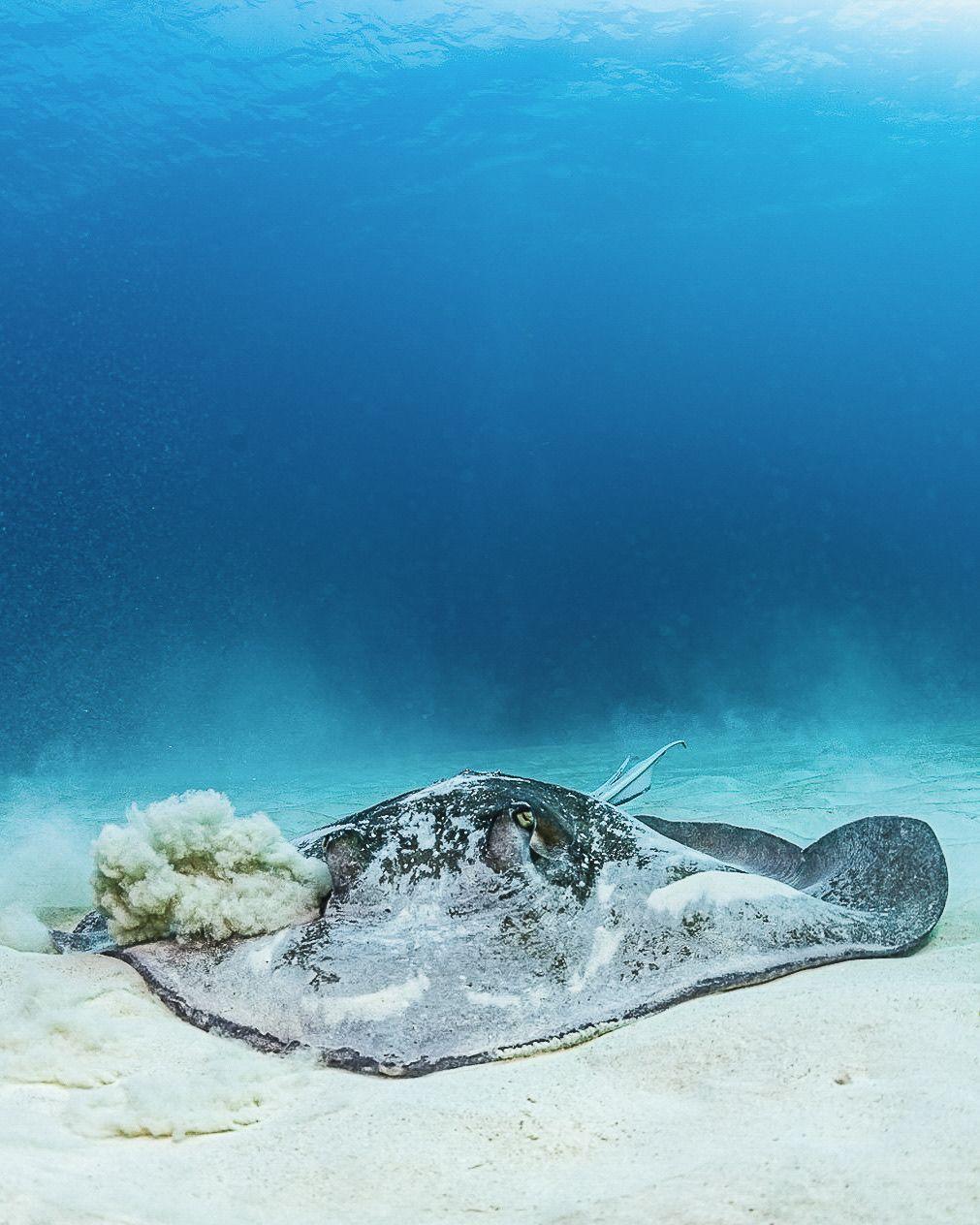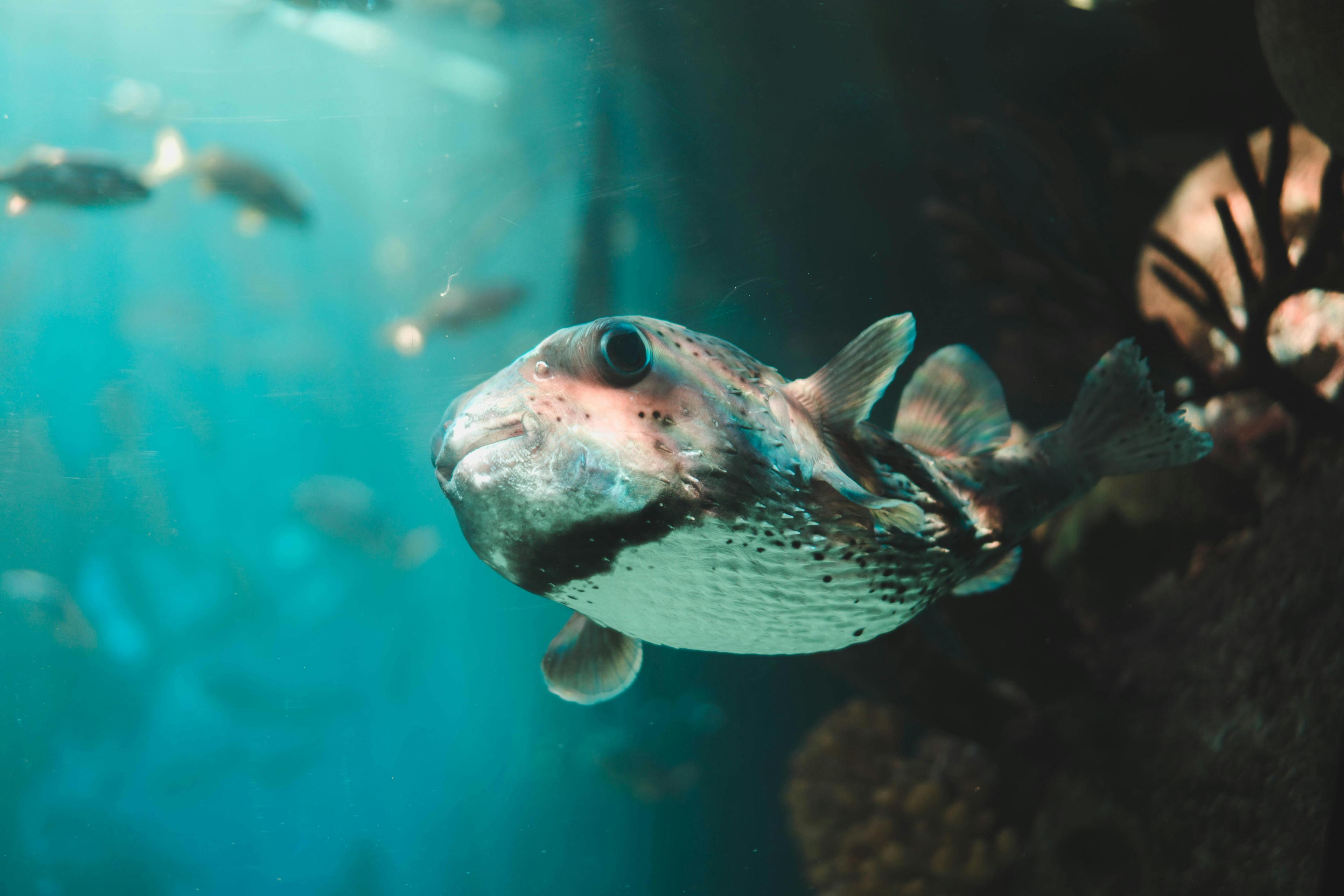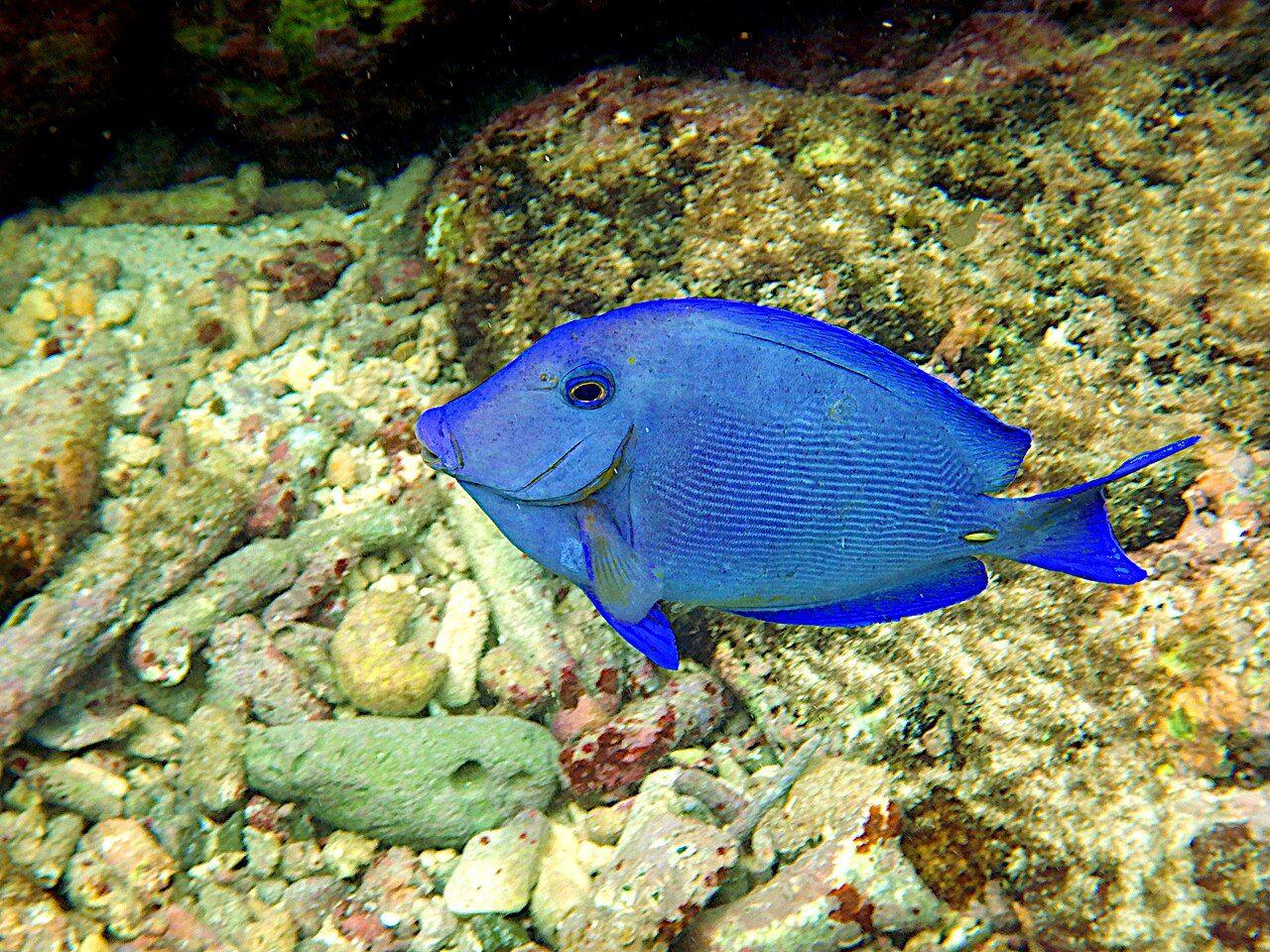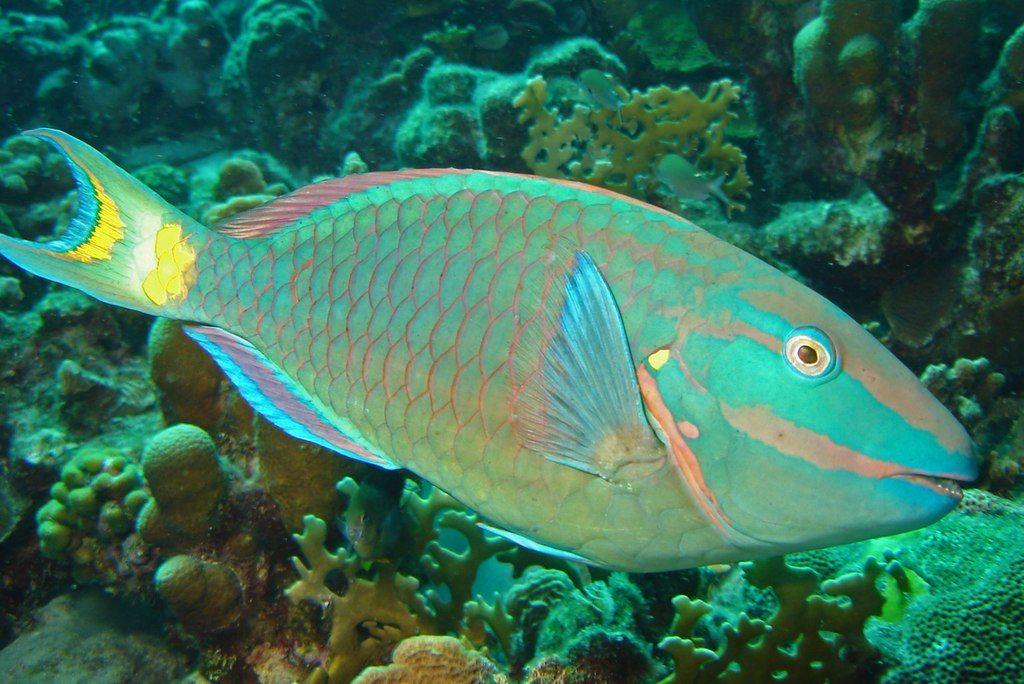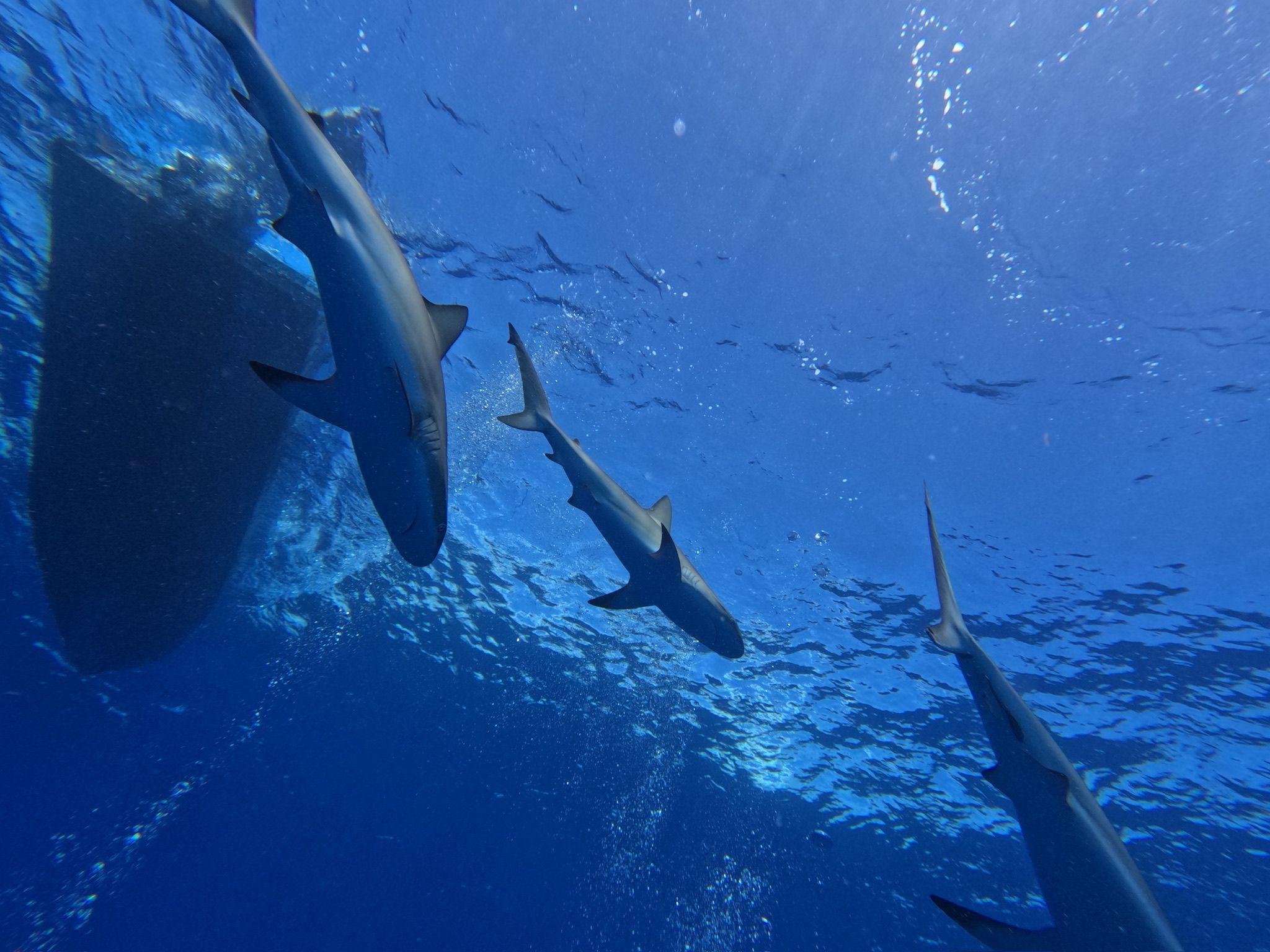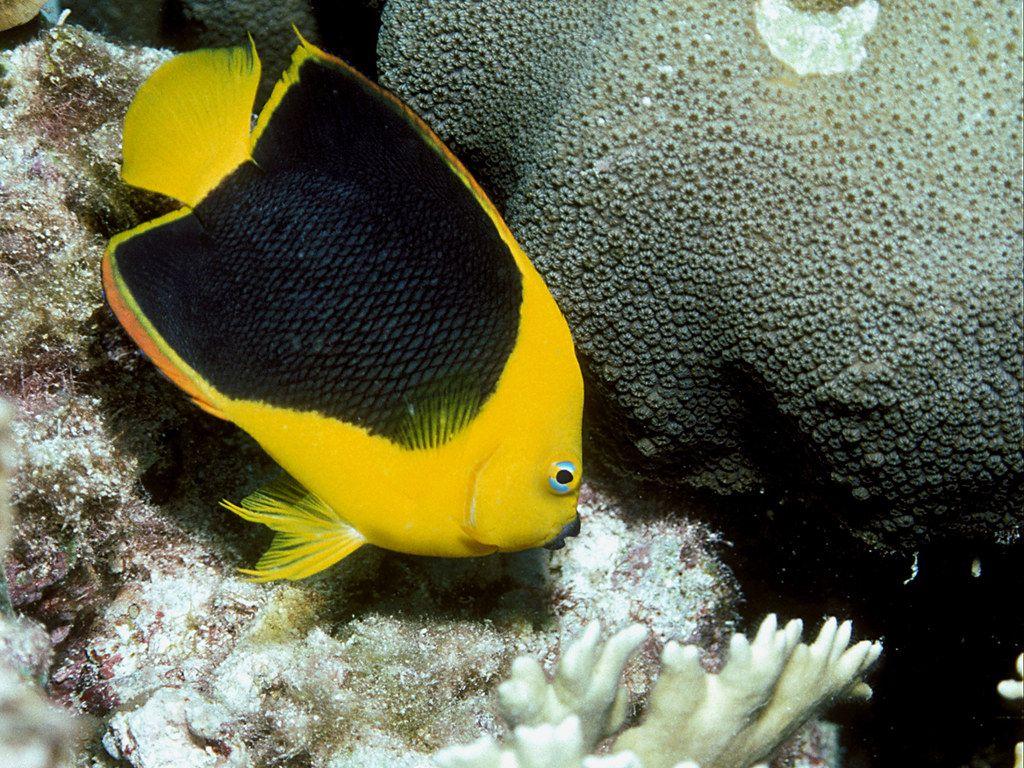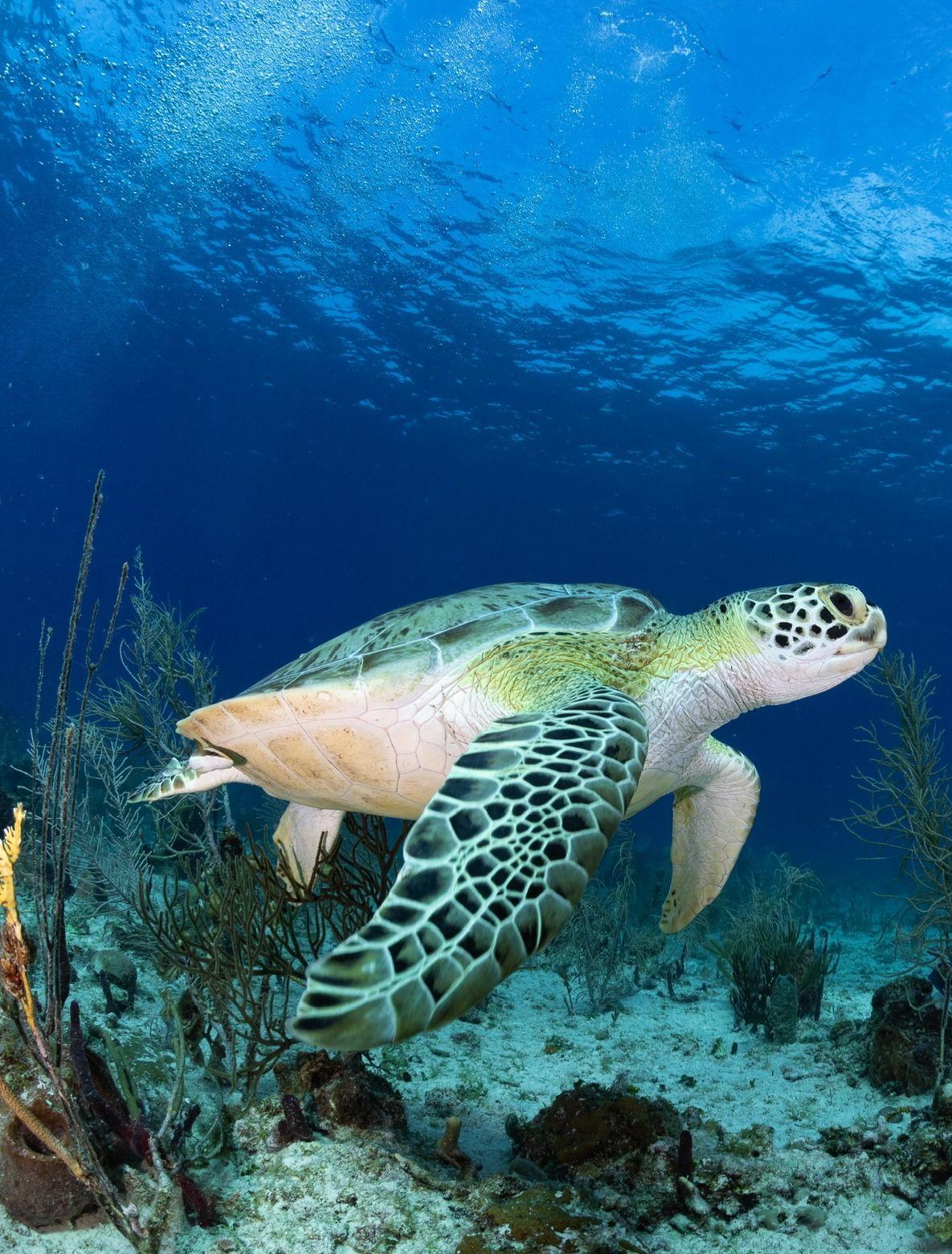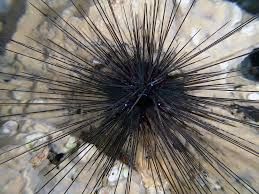
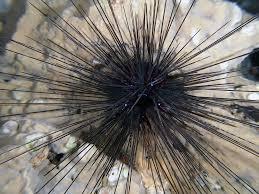


🌑 Long-Spined Sea Urchins: Nature’s Nighttime Cleaners of Punta Cana’s Reefs
When exploring Punta Cana’s coral reefs, your eyes may be drawn to the colorful fish and flowing sea fans — but if you take a moment to look into the crevices and dark corners, you might spot one of the reef’s most fascinating and misunderstood creatures: the long-spined sea urchin.With jet-black bodies and spines that can reach up to 30 cm (12 inches), these sea urchins look intimidating — but they play an essential role in keeping coral reefs healthy and thriving.
🌿 What Are Long-Spined Sea Urchins?
The long-spined sea urchin (Diadema antillarum) is a species of echinoderm found throughout the Caribbean, including the reefs of the Dominican Republic. Their round, dark bodies are covered in long, thin spines that sway gently with the current.Though they look dangerous, they are not aggressive, and their spines are used for defense. If stepped on or touched, they can cause discomfort, so divers and snorkelers should be mindful and never touch reef surfaces where urchins might hide.
🧽 The Role They Play in Reef Health
Long-spined sea urchins are herbivores, feeding on algae that grow on coral reefs. This grazing is crucial — without it, algae can quickly overgrow and suffocate living coral, blocking sunlight and preventing new coral growth.Here’s what they contribute:
- Algae control – they prevent coral smothering by overgrowth
- Reef restoration support – healthier reefs with less algae encourage coral larvae to settle and grow
- Biodiversity protection – by helping corals thrive, they maintain habitats for hundreds of reef species
Following a die-off in the 1980s, Caribbean reefs saw a surge in algae — and a major decline in coral health. That event highlighted just how important these sea urchins really are.
🐠 Where to See Them in Punta Cana
Long-spined sea urchins are mostly nocturnal, meaning they’re more active at night. During the day, they usually hide in crevices, holes, or beneath coral ledges, with just their long black spines sticking out.You can spot them at many of Punta Cana’s popular reef sites, especially:
- Around Cabeza de Toro reefs
- In the shallow coral gardens
- Inside rocky crevices and coral rubble areas
🤿 Tips for Divers & Snorkelers
- Look but don’t touch – their spines are fragile and can break off in your skin
- Use good buoyancy – avoid accidental contact with the reef, especially in tight spaces
- Observe at night – join a guided night dive if available to see them more active
🌀 Conservation in Action
At Grand Bay of the Sea, we educate guests about reef species like the long-spined sea urchin to encourage mindful diving. We also support marine education initiatives and reef monitoring that track their population — a key sign of reef health.
💙 Final Thought
They may not be the most glamorous reef creatures, but long-spined sea urchins are unsung heroes of the underwater world. By grazing down algae, they make room for coral to flourish and reefs to thrive.Next time you're diving or snorkeling in Punta Cana, take a moment to appreciate these mysterious, spiny creatures — the quiet custodians of the Caribbean reef.
